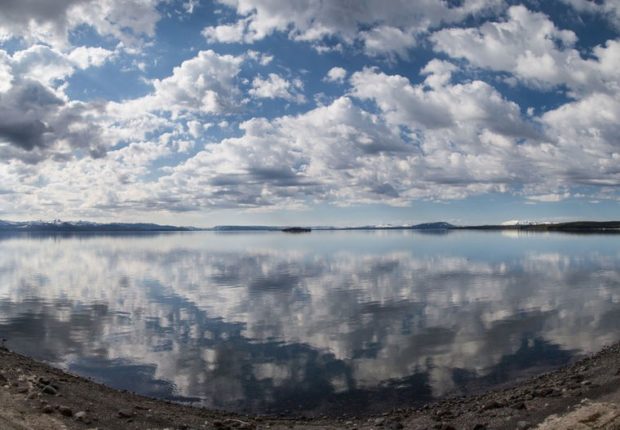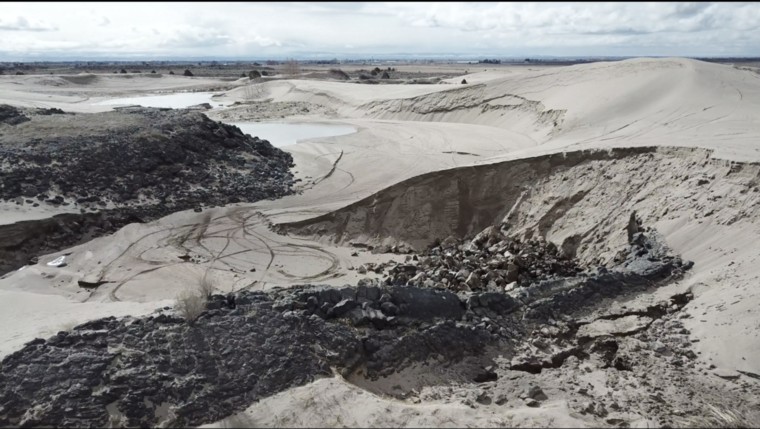POCATELLO — Local authorities are urging caution after a dog was injured by a mountain lion in a residential area in Pocatello on Wednesday morning.
The Pocatello Police Department said a mountain lion was spotted at approximately 6:50 a.m. Wednesday in the area of Goldfield Drive and Silverfield Way on the east side of town near the Portneuf Medical Center
According to the Idaho Department of Fish and Game, a homeowner in that area let their dog outside. The canine then encountered the cougar, which was in close proximity, and the two animals fought.
Eventually, the lion ran off and the dog chase the cat up a tree. From the tree, the lion swiped at the dog, which sent the canine running back to its owner. The cougar then left the area, and despite a search by multiple law enforcement agencies, the feline has not been located.
Fish and Game said the cougar was about the size of a young mountain lion or a small adult female lion.
The homeowner told wildlife biologists that the cougar was larger than the dog, which weighed 40 pounds.
Authorities said the dog sustained injuries, including scratches and puncture wounds, during its fight with the cougar. The dog was taken to a nearby animal hospital and is expected to make a full recovery.
Fish and Game noted that this was likely not a predatorial attack but rather a case of the mountain lion and the dog being at the wrong place at the wrong time.
The incident on Wednesday is the third time within the past two weeks that a cougar was spotted in the Gate City area. On March 26 at around 7:10 p.m., a mountain lion was spotted in the 500 block of East Chubbuck Road in Chubbuck.
Then on Saturday a second sighting occurred at around 9:50 p.m. on the opposite end of Chubbuck in the 900 block of Margaret Street. A resident saw the mountain lion after being alerted by her barking dogs.
Fish and Game said that the agency was not able to verify the age or size of the animals spotted in Chubbuck.
The agency also could not confirm whether the cougar on Wednesday is the same animal seen in either of the two Chubbuck sightings.
Mountain lions are predatory animals that rely on deer and small mammals as sources of food. This is why normally most of the area’s cougar sightings are in the south side of town where there is a well-established deer population.
However, Fish and Game said mountain lions can be spotted anywhere near town for a variety of reasons. These reasons could include that the animals are passing through or looking for food. The cougars might also be injured or young and inexperienced.
Local residents are being encouraged to take in any food left outside for their pets.
Usually, if a cougar is trapped, Fish and Game will either relocate the captured mountain lion or put it down, depending on the circumstances.
There have been documented attacks on pet dogs and house cats throughout the years. In December, a pet dog on Buckskin Road was mauled to death by a mountain lion that was later put down by wildlife biologists.
However, attacks on humans are rare, with only three recorded attacks since 1990 in Idaho. The last attack made national headlines in 2016 when a lion attempted to drag a 4-year-old Blackfoot girl away from a family camping trip near Rexburg. The girl survived the attack with minor injuries.
Anybody who sees a mountain lion near their property is encouraged to contact the Pocatello police dispatch at 208-234-6100 or the local Idaho Fish and Game office at 208-232-4703.








